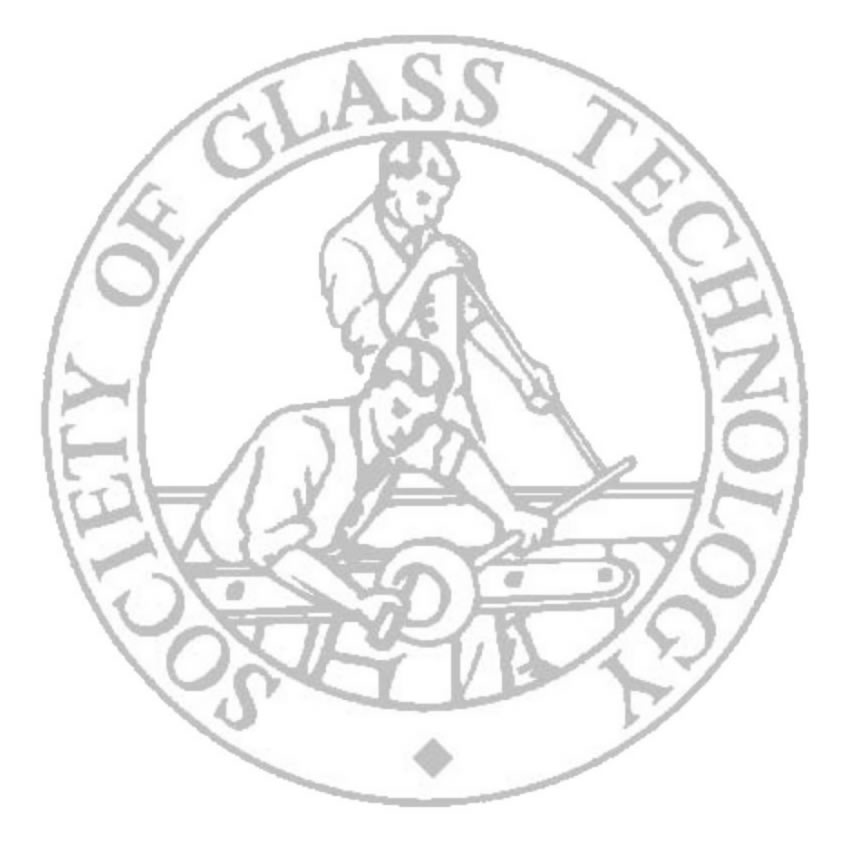Time resolved double ASAXS of the sintering of Yttria stabilised Zirconia prepared by the sol-gel method
Twilight Barnardo , University of Aberystwyth
Sol-Gel Processing began in the 1970’s when a group of scientists attempted to make glass by mixing several liquids at room temperature. The sol-gel technique allows for the production of high quality glasses, metallic oxides and ceramics to custom specifications. Sol-Gel processing is analysed using Anomalous X-ray Scattering investigations (ASAXS). As X-ray energies approach an element’s absorption edge, its scattering function is altered. This phenomenon can be used to extract information about the roles of the individual components during a chemical reaction.
In our double ASAXS investigation, Yttria Stabilised Zirconia xerogels were prepared, and placed in a furnace at Beamline 6.2 at Daresbury. An EXAFS scan was then performed to determine the absorption edges for the material, and hence select the appropriate energies for anomalous scattering. These chosen energies where cycled repeatedly while the furnace temperature was slowly raised to 1000 Celsius. A scattering factor maximum was clearly seen in the SAXS signals, which coincided with the formation of Bragg peaks at wide angles at 400 Celsius. The scattering factor maximum increased in intensity, and moved to lower values of q as the temperature increased. This we interpret as the nucleation and growth of nanometer scale cubic Yttria stabilised Zirconia.
Back to New Researchers Programme
